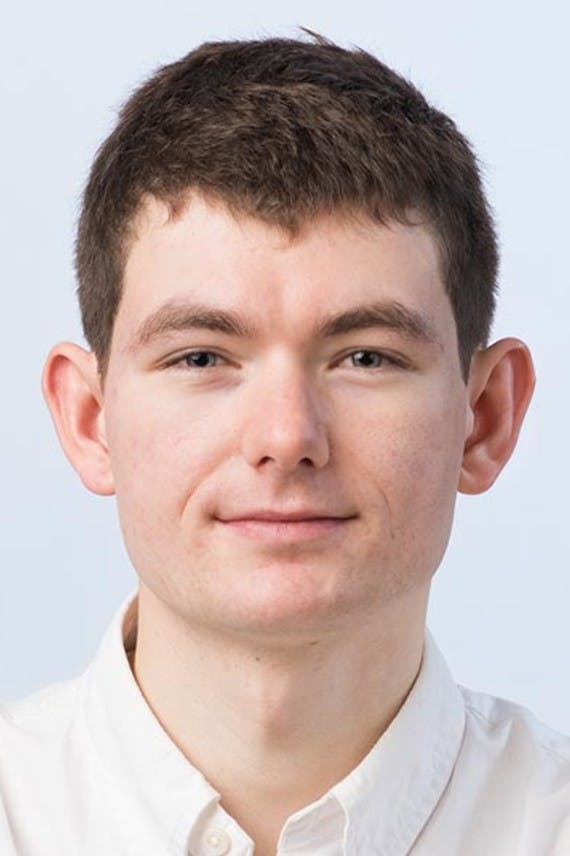Improve your mobile app customer lifecycle: Increase efficiency with a Customer Data Platform
As users move through the customer lifecycle, different tactics are required to keep them engaged and increase lifetime value. Although these strategies vary, one commonality between them is that they are all powered by customer data. Learn how Customer Data Platforms make it easier to access and activate data throughout the mobile app customer lifecycle.

Applying the Customlytics Marketing Master Map
In part one of this series, we discussed how the Customlytics Marketing Master Map provides an innovative framework that can be used to structure the customer lifecycle, suggesting marketing initiatives that can be used to increase customer value throughout the journey.
In practice, powering those initiatives and tracking how a customer moves through your customer lifecycle requires high-quality customer data. Mobile data can tell you where your users are coming from, what parts of your app they’re engaging with, and where they’re dropping off. Lack of customer data makes it impossible to assess your customer lifecycle in any quantitative way.
There are several challenges that teams face when attempting to wrangle mobile app data into their marketing, analytics, and advertising tools. First, each tool you’re using requires a vendor SDK to be implemented in your client side app code. This means that your engineering team has to implement every event each time a new tool is installed, and modify an SDK whenever a vendor releases an update. Furthermore, excess third-party code can affect app stability and load time, ultimately impacting the customer experience.
Second, once data is collected into a tool, it often becomes siloed in that tool. Your purchase events may end up being collected into your analytics tool, while pageview events are isolated in your marketing automation tool, and user feedback data is stuck in your CRM. To make matters worse, one engineer may have logged first name as `firstName` for your analytics tool implementation while another logged it as `first_name` for your marketing automation tool implementation. Even if you were to manually transfer data sets across tools, the data inconsistencies would require your engineering team to complete manual transformations to make the data anywhere near actionable. With the average enterprise team leveraging dozens of third-party tools, the data across your tech stack can become messy–quickly!
Without clean, consistent customer data throughout your growth tools and a universal customer ID to reference across systems, it becomes nearly impossible to use your tools in tandem and progress your users through the customer lifecycle.
How can a Customer Data Platform help?
Customer Data Platforms (CDPs) help you simplify data management across your mobile growth stack by centralizing all of your mobile data collection into a single system, implemented through a single native SDK. Once data is collected into your CDP, it is validated for quality against your data schema and resolved to deterministic customer profiles. Next, marketing, analytics, and product stakeholders can forward any data they’d like to their downstream growth tools using plug-and-play integrations. mParticle, for example, provides over 300 server-side integrations, including integrations with popular tools such as Facebook, Braze, Amplitude, and Google Marketing Platform. Users can control which data is forward to each tool at the event level, and can manage forwarding based on customer consent state.
Here’s a video walkthrough that demonstrates how you can connect data to different tools and filter the data that is being sent to each tool with mParticle.
In mParticle, each profile is tied to a unique MPID. As events are forwarded to tools across your stack, MPID will travel as well, meaning that every event across your growth stack can be tied back to a common universal ID at any time. This greatly simplifies use cases such as audience building, attribution, and cohort analysis.
Building round-trip data flows
Not only does a CDP make it easy to collect customer data for your mobile app, but certain CDPs, such as mParticle, provide Feed integrations that enable you to ingest data from other SaaS tools into your CDP. For example, mParticle’s Braze Feed integration allows you to forward events such as in-app message data, push notification data, canvas data, and email data from Braze to mParticle. Once this data is in mParticle, it is tied to unified customer profiles and can be forwarded out through any of mParticle’s integrations. You could, for instance, connect push engagement data to Amplitude for rigorous engagement analytics, or connect canvas data to Facebook for a retargeting campaign.
For more on how mParticle helps you get more out of your favorite tools, you can check out our integration use case library.
Supporting data privacy
One of the biggest concerns of having a disconnected tech stack is that it increases your risk of a data privacy error. When data is siloed across tools it can become tricky to complete Data Subject Requests or deletion requests as defined by the GDPR.
mParticle helps you support data privacy by enabling you to control how data is forwarded to your downstream tools based on customer consent. If a customer opts-in to tracking for analytics and security purposes, but not for advertising, mParticle makes it easy for you to control which events and attributes are forwarded to your analytics and security tools and which aren’t forwarded to your advertising systems. Learn more about consent management with mParticle here.



